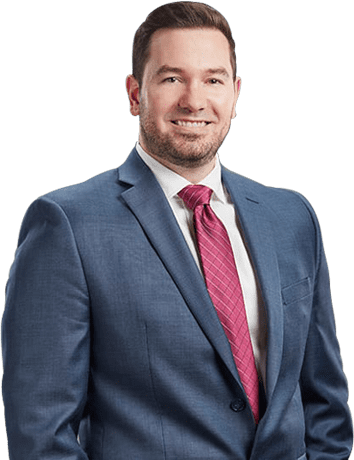What Causes Ridesharing Accidents?

Ridesharing crashes usually aren’t “accidents.” Instead, driver error causes 98 percent of the vehicle collisions in California. Commercial drivers, like ridesharing operators, are held to a higher standard of care in the Golden State. Therefore, any driver error is usually negligence, or a lack of care. Compensation in a negligence case usually includes money for economic losses, such as medical bills, and noneconomic losses, such as pain and suffering.
Usually, a Carlsbad Lyft accident lawyer can hold the ridesharing company financially responsible for these damages. The respondeat superior doctrine applies if an employee was negligent during the course and scope of his/her employment. Respondeat superior is a key doctrine in ridesharing collisions. Many individual drivers are dangerously underinsured.
Driver Impairment
Operator distraction might be the most serious impairment issue for ridesharing operators. Uber, Lyft, and other companies require drivers to use GPS navigation devices. Many of these drivers use hand-held devices. These gadgets combine all three forms of distracted driving, which are:
- Cognitive (mind off driving),
- Visual (eyes off the road), and
- Manual (hand off the wheel).
Hands-free devices are visually and cognitively distracted. Furthermore, since these gadgets give many drivers a false sense of security, they take unnecessary risks behind the wheel. For these reasons, driving while using a hands-free GPS or other device is as bad as driving drunk.
On a related note, the permissible BAC level is much lower for commercial drivers than noncommercial drivers. As little as one or two drinks, or one or two pills, could make a ridesharing operator legally intoxicated.
Dangerous alcohol or drug impairment begins even sooner, usually after the first sip of alcohol. This impairment includes delayed reactions and poor judgment.
Other ridesharing operators are dangerously fatigued. Peak operating times include early morning and late night. Most people are naturally drowsy at these times, no matter how well-rested they are.
Lack of rest is an independent problem. Many ridesharing operators have other full-time commitments, so they’re awake for long stretches of time. Driving after being awake for eighteen consecutive hours is like driving with a .05 BAC level. That’s above the legal limit for commercial drivers in California.
Aggressive Driving
Ridesharing operators get paid by the trip, not by the hour. Therefore, the faster they complete their trips, the more money they make. This financial arrangement incentivizes aggressive driving, especially speeding. High velocity increases the risk of a collision and the force in a wreck.
Speed increases stopping time. At 30mph, after a driver sees a hazard and applies the brakes, most cars continue moving forward at least three car lengths. At 60mph, stopping distance triples to eighteen car lengths.
Velocity also increases the force in a wreck. A low-speed fender bender that causes little or no personal injury becomes a high-speed serious injury collision.
Incidentally, the posted speed limit is only a presumptively reasonable speed under ideal conditions. Drivers who operate near the speed limit in bad weather, heavy traffic, or other adverse conditions are breaking the speed limit law.
In these cases, an attorney often uses the time-saving negligence per se shortcut. These cases are easier to prove than ordinary negligence, so they require less preparation and usually settle faster.
Reach Out to a Hard-Working San Diego County Lawyer
Injury victims are entitled to substantial compensation. For a free consultation with an experienced personal injury lawyer in San Marcos, contact the Pursley Law Firm. Attorneys can connect victims with doctors, even if they don’t have insurance.
Source:
drivethru.gsa.gov/DRIVERSAFETY/DistractedDrivingPosterA.pdf

